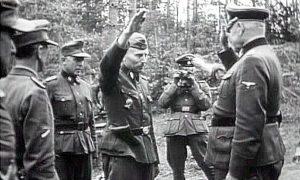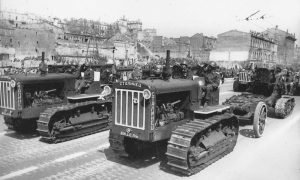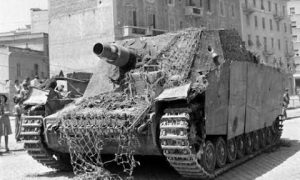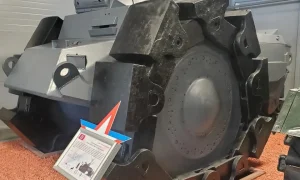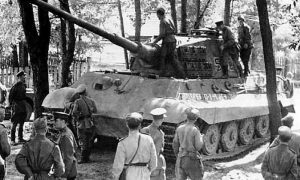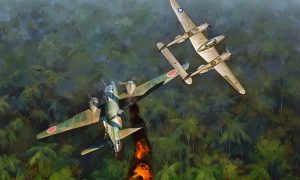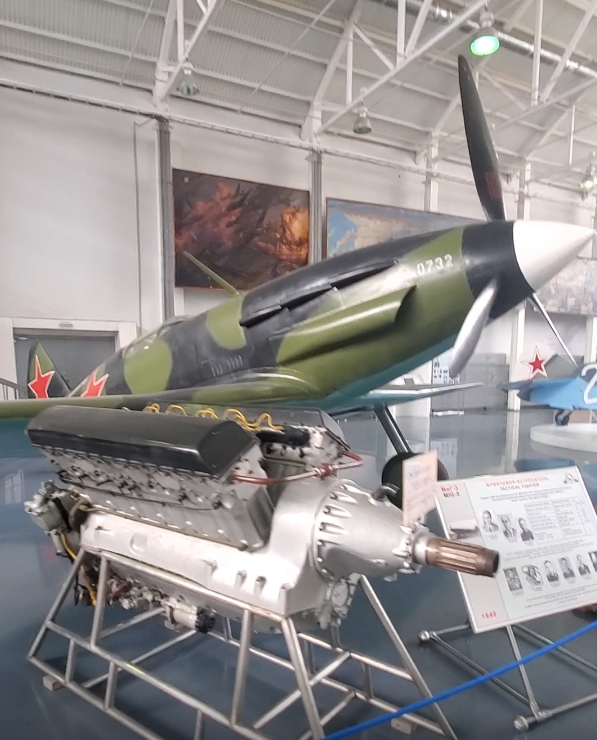
Mig 3 Soviet Interceptor
MIG3- WW2 Soviet high-altitude Interceptor
The MiG-3 is a high-speed fighter-interceptor, but can be used as an attack aircraft or light dive bomber. The aircraft is a single-engine, single-seat, high-speed monoplane with a low wing. Installed in-line liquid-cooled motor AM-35A with a VISH-22E propeller. The chassis is two-post, with a tail crutch, retracted in flight.
The MiG-3 fighter was developed at OKB-155 Mikoyan and Gurevich , as part of the modernization of the original I-200 aircraft, in the MiG-1 series. The main difference between the MiG-3 and the MiG-1 is the installation of an additional fuselage fuel tank of 250 liters, in order to increase the range and duration of the flight, as well as changes in the composition of the armament. These changes entailed a rearrangement of a number of units in order to maintain the alignment of the aircraft. Also, changes have been made to the petrol and oil supply system, a number of minor changes to the equipment of the VMG and the aircraft.
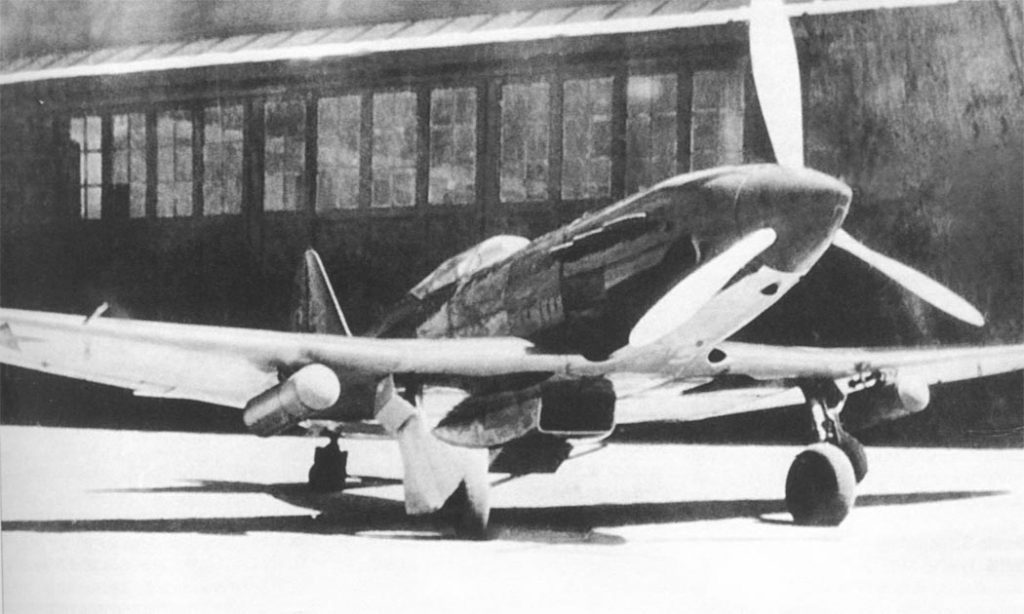
Included small arms, bombs and special weapons.
- small arms includes 5 machine guns: two bow machine guns ShKAS with a stock of 2×750 cartridges, one BS machine gun with a stock of 280 cartridges, two wing machine guns BK with a stock of 2×145 cartridges.
- bomb armament – two bombs of the FAB-100 type on an external sling under the wing consoles, DZ-40 locks, an ESBR-3P electric ejector
- special equipment – chemical pouring devices VAP-6m.
Note: the first series of the MiG-3 and part of the MiG-1 had three machine guns and four external sling holders each with a maximum load of 220 kg.
Aircraft design is mixed. The front part of the fuselage and the center section are metal, the tail part of the fuselage and the wing consoles are wooden. The stabilizer is all-metal, the keel is wooden, the rudders are covered with canvas.
The fuselage structurally consists of the front and rear parts.
The head part of the fuselage consists of a steel frame and duralumin inoperative skin and includes the engine compartment, front gas tank, small arms and cockpit. The frame is a steel space truss, to which the attachment points of the engine mount, center section and tail section are welded. The head casing consists of five easily removable duralumin covers, and provides good access to all units during maintenance.
The tail section of the fuselage is completely wooden, consists of a frame and working skin. The frame includes 4 spars and 9 frames, material – pine. Frames 6, 8 and 9 of openwork construction made of bakelite plywood, reinforced. The keel is made integral with the fuselage, non-removable. The tail paneling consists of two longitudinal halves, which are glued onto a blank of birch veneer with a thickness of 0.5 mm. A total of 6 veneer layers are applied on casein glue. After assembling the cladding, it is covered with a canvas, putty and painted.
The center section is all-metal. Consists of a frame with one spar, two reinforced stringers and 10 ribs (five on each half). The spar is made of chrome-steel steel, the ribs are duralumin, Nos. 1 and 5, reinforced with steel shelves. The center section paneling is duralumin, working. The center section is attached to the fuselage at 7 points.
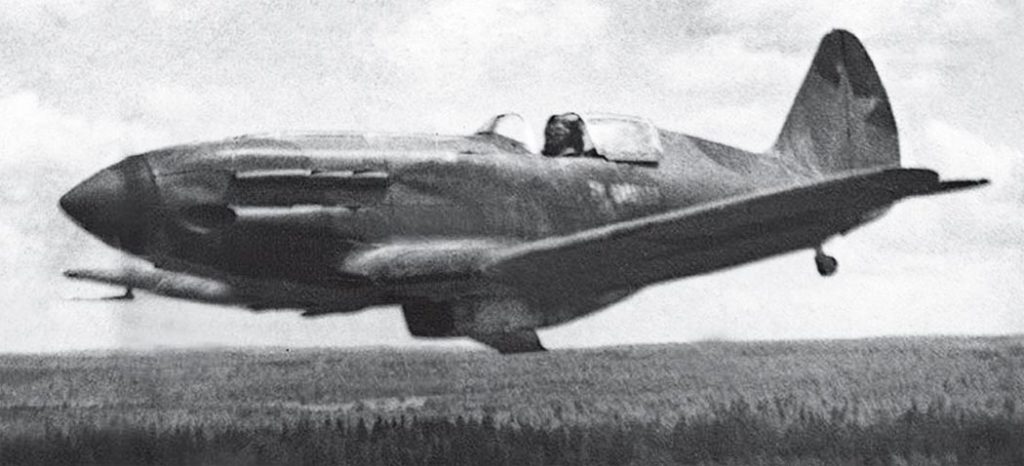
Landing plates of the “Northrop-Schrenk” type, frame and sheathing made of duralumin. Consist of right and left halves under the center section and consoles. When landing, they are extended to a full 50 degree angle to reduce landing speed. They can also be used to increase lift during takeoff, in which case they are extended 20 degrees.
The keel is made in one piece with the fuselage and has a setting angle of zero degrees, that is, to compensate for the reactive moment of the propeller during takeoff, the pilot has to work with the rudder, and in flight, the trimmer must be rearranged. Full rudder deflection angle ± 25 °.
All-metal stabilizer, frame and sheathing made of duralumin. The left and right halves are asymmetrical: the left half is docked to the fuselage, and the right half is docked with the left. The elevator consists of two halves that meet in the plane of symmetry. There is a trim tab on the right half of the steering wheel. The total deflection angle of the elevator up – 30 °, down – 25 °.
The landing speed was high – at least 144 km / h, maneuverability was insufficient at low altitudes, and the bend radius was great. Other disadvantages of the vehicle were low engine life (20-30 flight hours) and fire hazard of the engine. Also, at high speeds, the pilot often could not open the canopy of the MiG-3 cockpit, which made it impossible for the pilot to leave the wrecked vehicle
Because of the rear alignment, the aircraft was very difficult to fly, an experienced pilot became average on it, and an average one inexperienced, while a beginner in most cases could not fly it at all.
With the beginning of the war, it became clear that the main air battles were taking place at low and medium altitudes, at which the MiG-3’s maneuverability deteriorated sharply. As a result, in the air battles in the summer and autumn of 1941, the units armed with these aircraft suffered huge losses, and the model was soon discontinued. The remaining copies were transferred to air defense units , where the aircraft was successfully used as a high-altitude interceptor and a night fighter.
In the Great Patriotic War, the MiG-3 was used in various versions. Its main qualities – a large ceiling (12 thousand meters) and speed at altitudes over 5 thousand meters – allowed Soviet pilots to successfully conduct battles with enemy bombers and reconnaissance aircraft. By the beginning of the war, there were significantly more MiG-3 fighters in service than LaGG-3 and Yak-1 , and many pilots had been retrained on them. However, the MiG-3 was not yet sufficiently mastered by combat pilots, the retraining of most of them had not yet been completed, and the capabilities of the aircraft were not always used. Comparison with another mass fighter of the beginning of the war – I-16, leading its history since 1933, was clearly not in favor of the MiG. The I-16, the smallest fighter of the Great Patriotic War, was extremely maneuverable (even more than the Yak-1), the engine reliably protected the pilot from a frontal attack, and maintenance was very simple. But it was not easy to control, it responded to any trembling of the hand. The MiG, on the other hand, was “heavy” in management, low-maneuverable at low and medium altitudes.
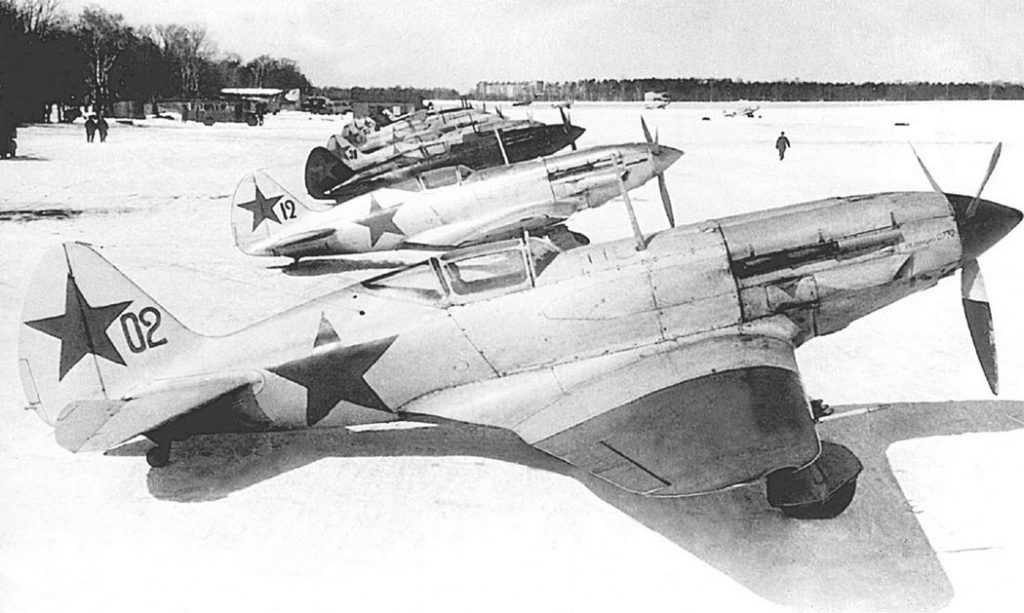
At the suggestion of test pilot S.P. Suprun , two regiments were formed on the MiG-3 with a large percentage of testers familiar with them. Indirectly, this helped in eliminating the shortcomings of piloting, but the main drawback of the MiG-3 remained unresolved: surpassing all fighters in speed at altitudes of more than 5000 m, at low and medium altitudes it was inferior to the Yak, La and German fighters, which, together with the weakness of weapons, did not allow full use of the MiG-3 as a front-line fighter. It found application as a high-altitude night fighter in the air defense system , where its large ceiling (up to 12,000 m) and speed at altitudes were decisive. So it was mainly used until the end of the war, in particular, guarding Moscow… On the fronts, the MiG-3 was used in 1941-1943 (in the Bryansk region, in the Kuban region , in Moldova and in the Crimea ). In 1941, the MiG-3, despite the stereotype of weak weapons, was widely and successfully used as a fighter-bomber , with the installation under the wings of six or eight RS-82 (experiments with RBS-132 and ROFS-132 ) or two FAB-50… The MiG-3 aircraft were the only ones among the fighters of the new type that received bomb racks in the pre-war period and completed the wiring of the drop system. The use of the MiG-3 as a scout was also successful. The disadvantage of the MiG-1 and MiG-3 was the impossibility of installing a gun in the engine block, caused by the design of the Mikulin engines. Nevertheless, in aggregate, more than a third of the MiG-3s produced were armed (not counting ShKAS ) from two or three large-caliber machine guns, RS-82 batteries and ShVAK cannons (52 aircraft in total). During 1940-1941, the factories produced more than 3.3 thousand MiG-3 aircraft.
On the MiG-3, an enemy plane was shot down on July 22, 1941 in the very first battle over Moscow, the pilot of the 2nd separate fighter squadron of the Moscow Air Defense Forces, Mark Gallay. One of the aces of the Red Army Air Force flew on the same plane at the beginning of the war and won his first victory over a German plane, Pokryshkin , shooting down a Bf-109E .




